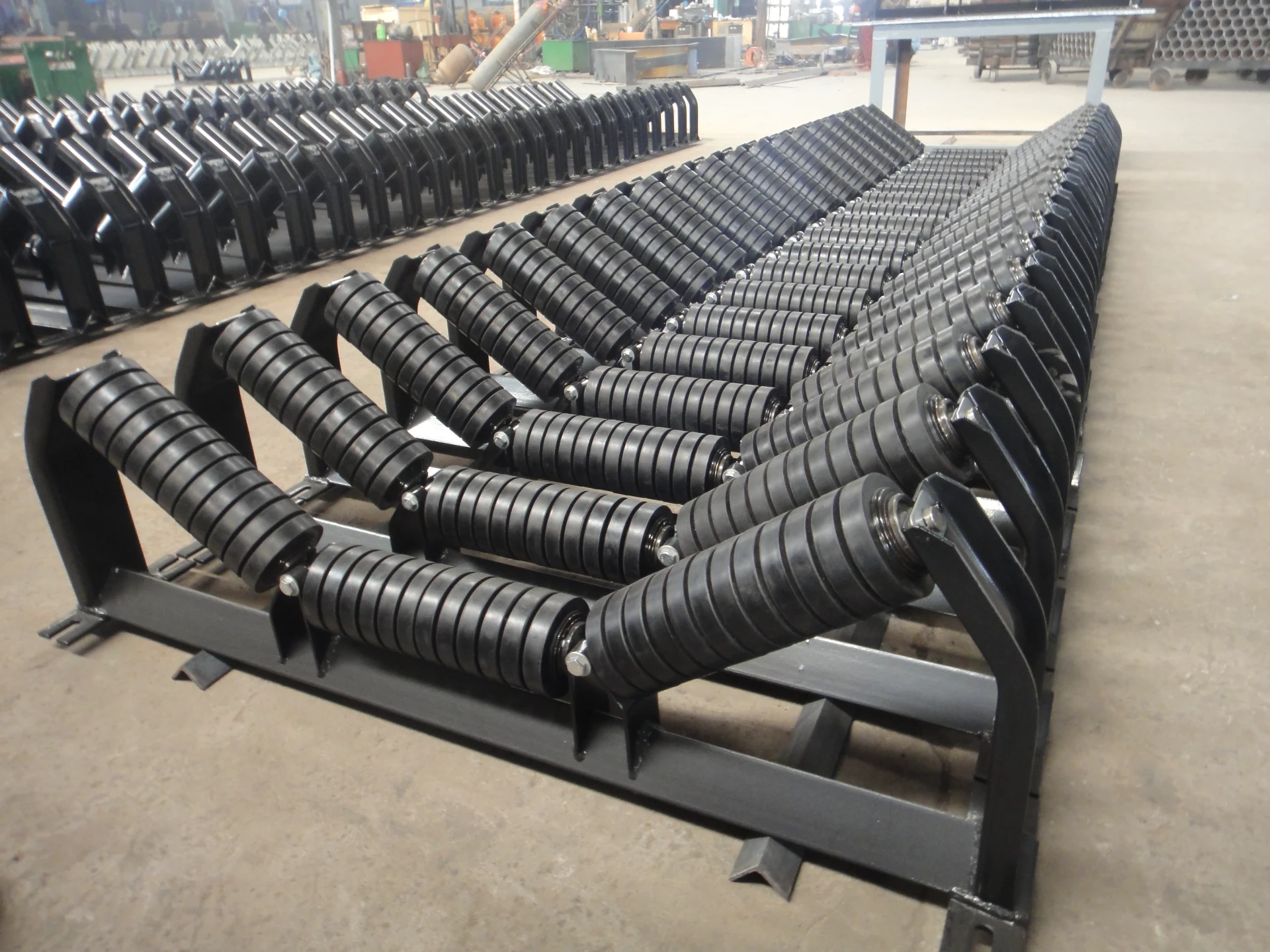 Afrikaans
Afrikaans  Albanian
Albanian  Amharic
Amharic  Arabic
Arabic  Armenian
Armenian  Azerbaijani
Azerbaijani  Basque
Basque  Belarusian
Belarusian  Bengali
Bengali  Bosnian
Bosnian  Bulgarian
Bulgarian  Catalan
Catalan  Cebuano
Cebuano  Corsican
Corsican  Croatian
Croatian  Czech
Czech  Danish
Danish  Dutch
Dutch  English
English  Esperanto
Esperanto  Estonian
Estonian  Finnish
Finnish  French
French  Frisian
Frisian  Galician
Galician  Georgian
Georgian  German
German  Greek
Greek  Gujarati
Gujarati  Haitian Creole
Haitian Creole  hausa
hausa  hawaiian
hawaiian  Hebrew
Hebrew  Hindi
Hindi  Miao
Miao  Hungarian
Hungarian  Icelandic
Icelandic  igbo
igbo  Indonesian
Indonesian  irish
irish  Italian
Italian  Japanese
Japanese  Javanese
Javanese  Kannada
Kannada  kazakh
kazakh  Khmer
Khmer  Rwandese
Rwandese  Korean
Korean  Kurdish
Kurdish  Kyrgyz
Kyrgyz  Lao
Lao  Latin
Latin  Latvian
Latvian  Lithuanian
Lithuanian  Luxembourgish
Luxembourgish  Macedonian
Macedonian  Malgashi
Malgashi  Malay
Malay  Malayalam
Malayalam  Maltese
Maltese  Maori
Maori  Marathi
Marathi  Mongolian
Mongolian  Myanmar
Myanmar  Nepali
Nepali  Norwegian
Norwegian  Norwegian
Norwegian  Occitan
Occitan  Pashto
Pashto  Persian
Persian  Polish
Polish  Portuguese
Portuguese  Punjabi
Punjabi  Romanian
Romanian  Russian
Russian  Samoan
Samoan  Scottish Gaelic
Scottish Gaelic  Serbian
Serbian  Sesotho
Sesotho  Shona
Shona  Sindhi
Sindhi  Sinhala
Sinhala  Slovak
Slovak  Slovenian
Slovenian  Somali
Somali  Spanish
Spanish  Sundanese
Sundanese  Swahili
Swahili  Swedish
Swedish  Tagalog
Tagalog  Tajik
Tajik  Tamil
Tamil  Tatar
Tatar  Telugu
Telugu  Thai
Thai  Turkish
Turkish  Turkmen
Turkmen  Ukrainian
Ukrainian  Urdu
Urdu  Uighur
Uighur  Uzbek
Uzbek  Vietnamese
Vietnamese  Welsh
Welsh  Bantu
Bantu  Yiddish
Yiddish  Yoruba
Yoruba  Zulu
Zulu Feb . 10, 2025 10:41
Back to list
conveyor pulley lagging types
In the industrial world, conveyor pulley lagging is an essential component that enhances the performance, longevity, and efficiency of conveyor systems. Selecting the right type of lagging can drastically reduce downtime, prevent slippage, and improve overall productivity. As experts in conveyor technology, let's delve into the nuances of different conveyor pulley lagging types, supported by authentic experiences and authoritative insights.
4. Strip Lagging Strip lagging, often used for pulley lagging in situ, offers a unique advantage of ease in replacement or repair. This type involves individual strips of lagging material applied directly onto the pulley surface. In operations that cannot afford extensive downtime, strip lagging is the epitome of convenience and efficiency. HVAC system manufacturers have lauded strip lagging for minimizing operational interruptions, noting a significant CSAT (Customer Satisfaction Score) boost post-deployment. 5. Weld-On Lagging In environments requiring maximum adhesion strength, weld-on lagging offers an innovative solution. By welding the lagging directly onto the pulley’s surface, it prevents any movement between the pulley and lagging, providing a long-lasting grip solution. Particularly in environments with extreme temperature fluctuations, weld-on lagging demonstrates remarkable endurance, as experienced by an aggregate processing firm who reported a dramatic reduction in lagging replacement costs over a five-year assessment period. The selection of conveyor pulley lagging is integral to optimizing conveyor performance, impacted by factors such as operational conditions, material characteristics, and cost considerations. As industry specialists, our directive is to match the correct lagging type to operational needs, ensuring peak performance and reliability. By stressing the experience, expertise, authoritativeness, and trustworthiness factors, companies can harness the potential of conveyor pulley lagging to its fullest. Innovations in materials and application techniques continue to define industry standards, and by staying well-informed, businesses can leverage these developments to maintain a competitive edge.


4. Strip Lagging Strip lagging, often used for pulley lagging in situ, offers a unique advantage of ease in replacement or repair. This type involves individual strips of lagging material applied directly onto the pulley surface. In operations that cannot afford extensive downtime, strip lagging is the epitome of convenience and efficiency. HVAC system manufacturers have lauded strip lagging for minimizing operational interruptions, noting a significant CSAT (Customer Satisfaction Score) boost post-deployment. 5. Weld-On Lagging In environments requiring maximum adhesion strength, weld-on lagging offers an innovative solution. By welding the lagging directly onto the pulley’s surface, it prevents any movement between the pulley and lagging, providing a long-lasting grip solution. Particularly in environments with extreme temperature fluctuations, weld-on lagging demonstrates remarkable endurance, as experienced by an aggregate processing firm who reported a dramatic reduction in lagging replacement costs over a five-year assessment period. The selection of conveyor pulley lagging is integral to optimizing conveyor performance, impacted by factors such as operational conditions, material characteristics, and cost considerations. As industry specialists, our directive is to match the correct lagging type to operational needs, ensuring peak performance and reliability. By stressing the experience, expertise, authoritativeness, and trustworthiness factors, companies can harness the potential of conveyor pulley lagging to its fullest. Innovations in materials and application techniques continue to define industry standards, and by staying well-informed, businesses can leverage these developments to maintain a competitive edge.
Next:
Latest news
-
Revolutionizing Conveyor Reliability with Advanced Rubber Lagging PulleysNewsJul.22,2025
-
Powering Precision and Durability with Expert Manufacturers of Conveyor ComponentsNewsJul.22,2025
-
Optimizing Conveyor Systems with Advanced Conveyor AccessoriesNewsJul.22,2025
-
Maximize Conveyor Efficiency with Quality Conveyor Idler PulleysNewsJul.22,2025
-
Future-Proof Your Conveyor System with High-Performance Polyurethane RollerNewsJul.22,2025
-
Driving Efficiency Forward with Quality Idlers and RollersNewsJul.22,2025
OUR PRODUCTS





























